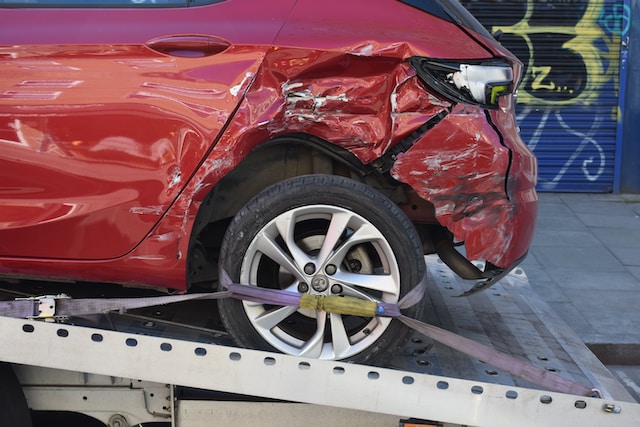Dealing with a car that’s been struck in traffic can be a nerve-wracking and frustrating experience. Whether you’ve been rear-ended at a stoplight or caught in a multi-car pileup on the highway, the aftermath of a traffic collision requires quick thinking and the right steps to ensure the safety of everyone involved and the preservation of your vehicle. From prioritizing safety to handling insurance claims, these steps will empower you to navigate the situation with confidence and efficiency.
Ensure Safety First
When your vehicle is struck in traffic, the immediate concern is the safety of you, your passengers, and other road users. Turn on your hazard lights, and if possible, move your car to the side of the road to prevent further accidents and allow traffic to flow. Having the contact information of the East Coast Towing company, for example, can make all the difference in securing and removing your vehicle from the road. Check for injuries and provide assistance if needed. If the situation is too dangerous to move the vehicles, ensure that everyone remains inside the vehicle with seatbelts on until help arrives.
Document the Scene
After ensuring safety, it’s crucial to gather as much information as possible about the accident scene. Take clear photos of the damage to all involved vehicles, the position of the cars, and any relevant road signs or landmarks. Exchange contact and insurance information with the other driver(s) involved. If there are witnesses, ask for their contact information in case their statements are needed later. This documentation will prove invaluable when dealing with insurance claims and legal matters.
Contact Law Enforcement and Your Insurance Company
A police report can provide an official account of the incident, which can be crucial when dealing with insurance claims. Law enforcement officers can assess the scene, gather statements from involved parties, and include important details in the report, such as weather conditions, road hazards, and any potential traffic violations that contributed to the accident.
Additionally, contact your insurance company as soon as possible to report the accident and begin the claims process. Timely communication with your insurer is vital, as some policies require prompt reporting of accidents to ensure coverage. When speaking with your insurance representative, be prepared to provide all the details you documented earlier, including the location, time, and date of the accident, the contact information of all parties involved, and a description of the damages sustained by each vehicle.
Seek Professional Inspection and Repair
Even if the damage seems minor, it’s wise to have your vehicle inspected by a professional mechanic after a collision. Some damage might not be immediately visible, and issues with the car’s safety systems can arise. Your insurance company may recommend or require certain repair shops, but you have the right to choose where your car is repaired. Ensure that all necessary repairs are done to restore your vehicle’s safety.
While being struck in traffic can be a distressing experience, knowing how to handle the situation can make all the difference in minimizing stress and ensuring a smooth recovery process. Prioritizing safety, documenting the scene, involving law enforcement and insurance companies, and seeking professional repairs are the key steps to save your car after a traffic collision. By following these guidelines, you can safeguard your well-being, protect your investment, and navigate the aftermath of a collision with confidence.


